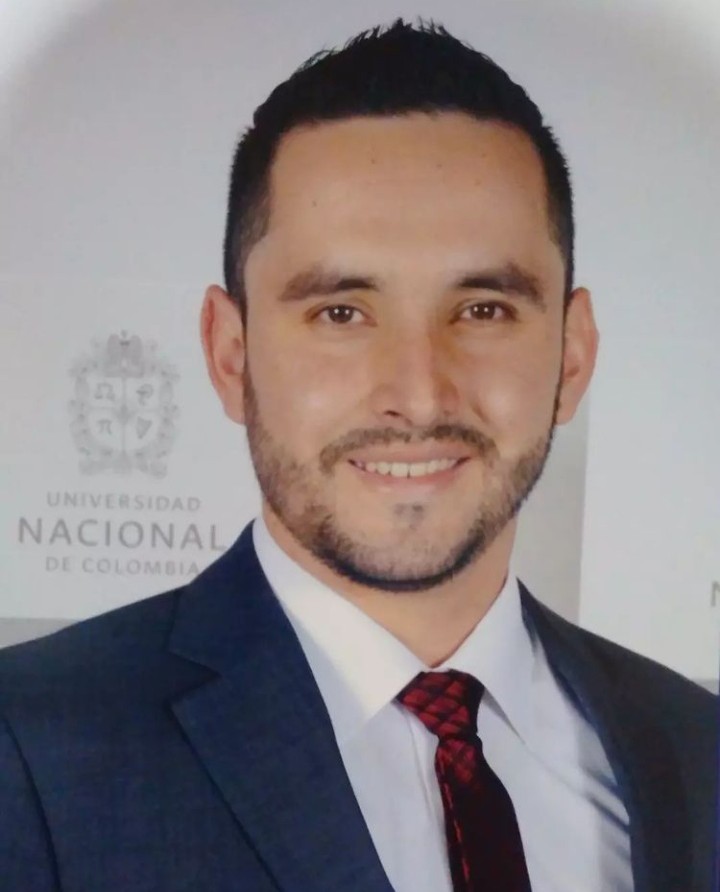Sources: Available upon request.
09 Jan 2025
University of Minnesota to monitor HPAI risks to wildlife
The University of Minnesota has embarked on a significant initiative to track the threat of Highly Pathogenic Avian Influenza (HPAI) to wildlife. This effort is spearheaded by the College of Veterinary Medicine, which has received $1.267 million in funding approved by Governor Tim Walz.
The University of Minnesota has embarked on a significant initiative to track the threat of Highly Pathogenic Avian Influenza (HPAI) to wildlife. This effort is spearheaded by the College of Veterinary Medicine, which has received $1.267 million in funding approved by Governor Tim Walz. The funding aims to address the emerging threat of HPAI, commonly known as bird flu, which has had a devastating impact on free-ranging birds, mammals, and the poultry industry over the past two years.
HPAI has been making headlines due to its severe effects on various animal populations and its potential to spread to humans. Despite the extensive coverage, there is still limited knowledge about its impact on wild animals. To bridge this gap, the University of Minnesota’s College of Veterinary Medicine is leading a collaborative effort to establish a comprehensive wildlife virus surveillance program.
The program will involve a network of rehabilitators and tribal biologists who will be trained to safely collect and submit samples to the University of Minnesota’s Veterinary Diagnostic Laboratory. The goal is to collect and test 9,000 samples from free-ranging birds and mammals across the state for the HPAI virus. This initiative is crucial as it will provide real-time data on the presence of the virus in wildlife, helping experts develop better mitigation strategies and warnings for the public, as well as the agricultural and health sectors.
Professors Arno Wuenschmann and Declan Schroeder are at the forefront of this initiative. They aim to establish a wildlife health network that will enhance the state’s ability to monitor and respond to HPAI outbreaks. The team will use a newly developed assay from the Schroeder Lab, which can quickly confirm the presence of live HPAI virus in samples. This rapid testing capability is essential for timely and effective responses to potential outbreaks.
The funding for this project comes from the Emerging Issues Account, recommended by the Legislative-Citizen Commission on Minnesota Resources (LCCMR). This account supports efforts to address unexpected and urgent needs, particularly those that could threaten natural resources or human health if delayed. The timing of this initiative is critical, as experts anticipate a potential resurgence of HPAI in the spring.
Laura Molgaard, dean of the College of Veterinary Medicine, emphasized the importance of this interdisciplinary approach. She highlighted the college’s unique capabilities in advancing Minnesota’s health and well-being through cutting-edge research, workforce development, and exceptional diagnostic and clinical services. By leveraging these strengths, the University of Minnesota aims to protect both animal and human health from the ongoing threat of HPAI.
In conclusion, the University of Minnesota’s initiative to track HPAI in wildlife represents a proactive and comprehensive approach to addressing a significant public health concern. Through collaboration, advanced research, and real-time data collection, this effort will enhance the state’s ability to mitigate the impact of HPAI on wildlife and prevent its spread to humans and domestic animals.









































